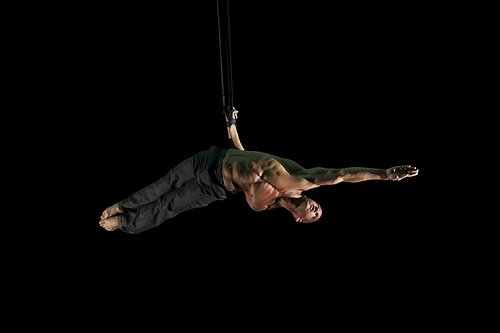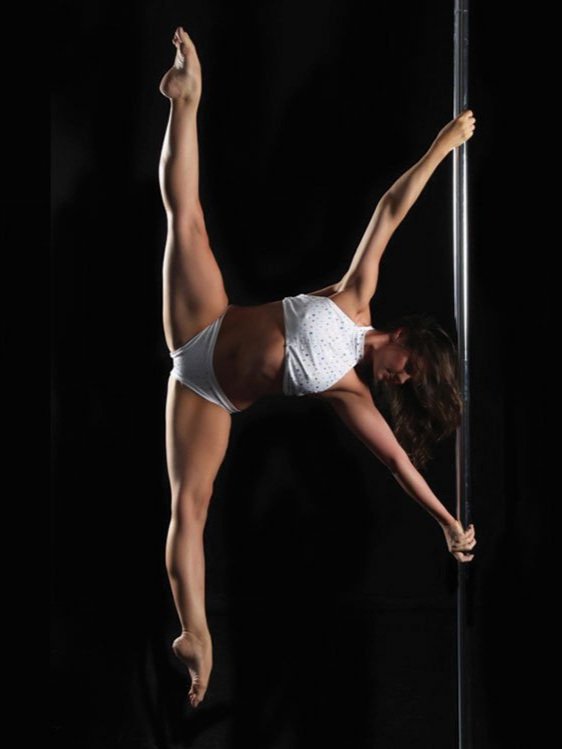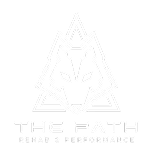Forearm Pain with Aerial? You may be dealing with forearm splints.

Forearm Pain with Aerial? You may be dealing with forearm splints.
Whether you are a beginner or a seasoned aerialist, almost everyone experiences forearm pain at some point during their aerial training. For me, it was early on in my aerial journey when I first began attempting split grip, or bracket grip, in a beginner pole class. I noticed an intense, deep ache in my forearm after training that gradually got worse as I continued working on bracket grip. Unfortunately, it was something that never improved unless I avoided split grip moves all together, and although it resolved on its own over time, my training and aerial progression suffered.
Looking back, I now realize that I was dealing with forearm splints, something that could have been easily managed with an appropriate rehab plan that would have allowed me to continue my training and skill progression rather than avoid it. This blog will aim to educate you on what forearm splints are, how they occur, and what can be done to take care of it for good.

What are Forearm Splints?
Essentially, they are the “shin” splints of the upper body. Forearm splints occur when a repetitive, increased load is placed on the forearm’s soft tissue structures (muscle, tendon, bone, etc.) that the body is not prepared for. This repetitive load in turn causes a stress-reaction that typically results in significant muscle soreness and aching in the forearm early on. If symptoms are ignored and pushed through, muscle strains, tendinopathies, and potentially stress fractures may develop over time.
Symptoms typically include a deep intense ache in the middle 1/3 of the forearm during and after aggravating activities. Over time symptoms can progress to the following:
- Pain with weight bearing on the forearm, hand, or wrist (handstands, planks, split grip moves)
- Pain with gripping and/or carrying tasks
- Bone and/or muscle tenderness
- Loss of strength in forearm/hand
- Presence of a burning sensation when attempting to use the forearm

How do we fix it?
There is no quick fix or one-size fits all approach to recovering from forearm splints. The good news, however, is that absolute rest is not the answer. In the short-term, modalities like ice, heat, massage, etc. can be useful for managing symptoms. If you are someone who trains daily, try incorporating 1-2 rest days to allow your body to recover properly.
In the end, forearm splints are caused by overuse and load intolerance, so in order to fully recover we must first manage loads placed on the body and then rebuild the system to better tolerate those loads. Working with a skilled physical therapist who understand the specific demands of aerialists will help you create a routine that allows you to continue your training, manage pain, and improve your strength so that you can return to all the moves you love pain free.
Are you an aerialist dealing with forearm pain that is hindering your training and skill progression? Schedule a free, 30-minute, phone consultation with our performing arts physical therapist to review your symptoms, discuss your goals, and establish what it will take to get back to aerial pain free.
Dr. Paulina Tselikis
PT, DPT, ATC, USAW-1
Co-Owner | The PATH Rehab & Performance
Sign up for our newsletter
Join our community and receive exclusive physical therapy insights, training strategies, and recovery techniques tailored for active people.
